America’s Least-Popular Halloween Candy Will Never Go Away
The waxy little treat continues to sell by the billions.
Halloween provides a cavalcade of whimsical scares for children and adults alike, but nothing chills the bones quite as much as the piles of candy corn left at the bottom of pumpkins and pillowcases across America.
A 2010 market research survey found that candy corn was in fact the least popular Halloween candy of all those polled. Despite being the consolation prize of confections, candy corn is a ubiquitous part of Halloween and continues to sell billions of kernels each year. The waxy little treat may not be loved, but its relentless domination of an otherwise pleasant night of ghouls and ghosts is over one hundred years in the making.

The true creator of candy corn is a mystery lost to time, but the first reports of the multi-colored sugar drops began in the 1880s when the candy began appearing during the Halloween season. Soon after the candy’s sporadic appearance throughout the states, the Wunderle Candy Company began mass-producing the treat under the name “Chicken Feed.”

In 1898, the homespun recipe for the candy had been adopted by the Goelitz Candy Company, which quickly eclipsed Wunderle as the primary purveyor of the faux corn. Despite the sudden adoption by large candy conglomerates, the process for creating candy corn remained remarkably labor-intensive. After mixing a cavity cocktail of sugar, corn syrup, fondant, marshmallow, and water, the slurry would be dyed one of the three candy corn hues: orange, yellow, or white. Laborers would then take 45-pound buckets of the hot liquid candy and pour it into long rows of trays of kernel forms, making three passes, one for each color of the corn. Once this back-breaking work was complete, the molds would cool and candy corn was unleashed upon an autumnal population.

The agrarian America of the late 19th century embraced the sweet little treats that recalled the season’s harvest time roots and farm-fed lifestyle. In fact, candy corn became so popular during the candy season that confectioners even experimented with other vegetable-formed candies such as candy pumpkins and turnips. Due to the slow, laborious candy creation process of the time, treats such as candy corn were only made from March to November, so the tide of candy corn would only wash across the nation around the time of Halloween, hence the inextricable link between the holiday and the candy.

Candy corn remained a stalwart product for companies through the 20th century, even as other candy trends came and went. As far as what candy corn is made out of now, the simple recipe remains unchanged—although the strongmen with the buckets of sugar were eventually replaced by industrial machines which now heartlessly crank out “All Hallows’ Tears” year-round. Breaking its bond to Halloween, candy corn is now produced for a number of holidays, in a rainbow of abominations such as the red and green “reindeer corn” or the pastel “rabbit corn.” But no matter the coloration, the recipe remains the same, and the waxy sweetness of its frontier roots will continue to haunt Halloween candy bowls long after all other treats have gone.
This story was updated, with minor edits, on October 13, 2020.
Gastro Obscura covers the world’s most wondrous food and drink.
Sign up for our regular newsletter.



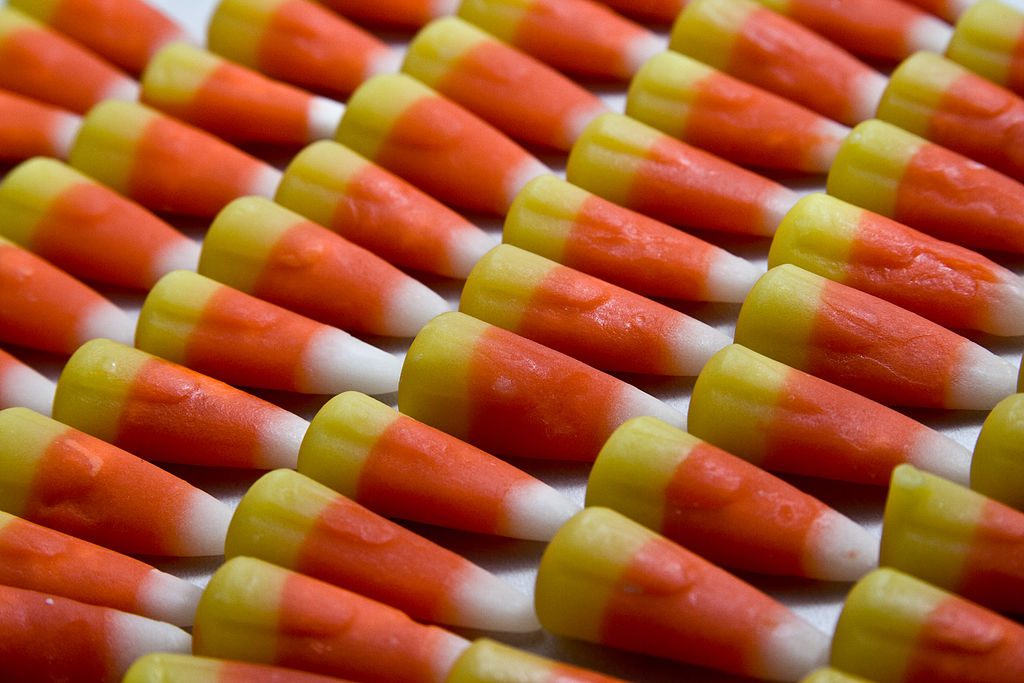



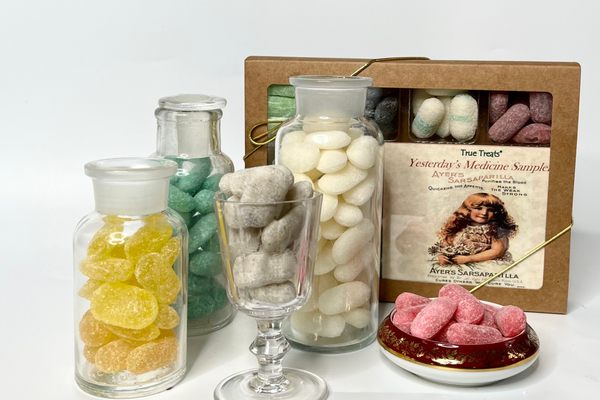
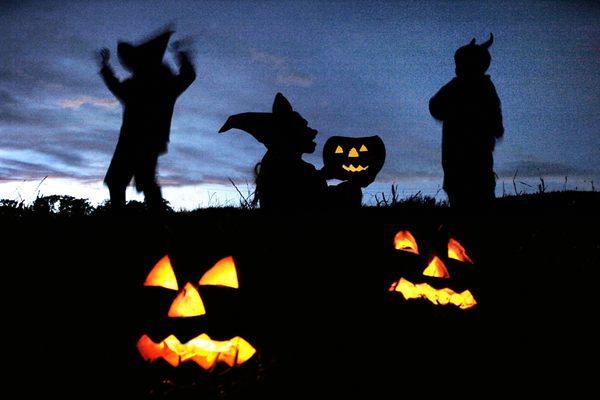
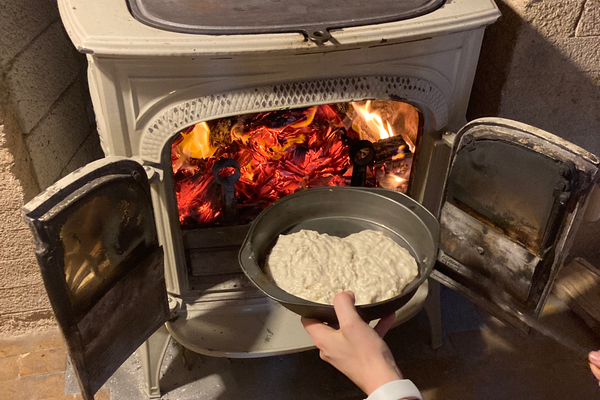





















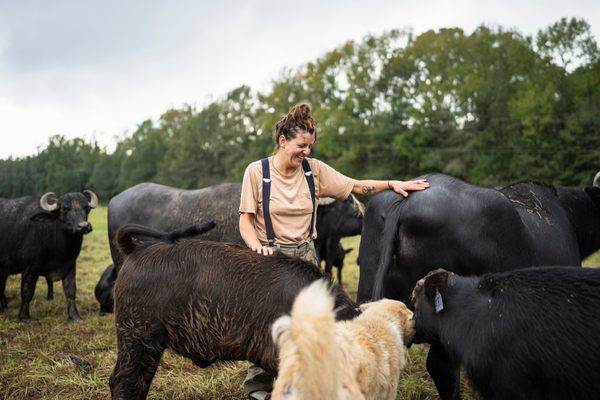
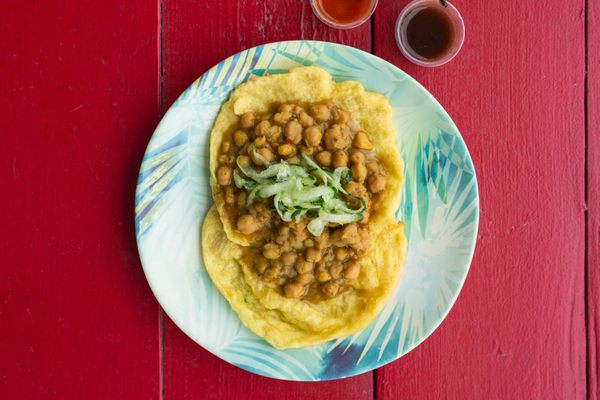
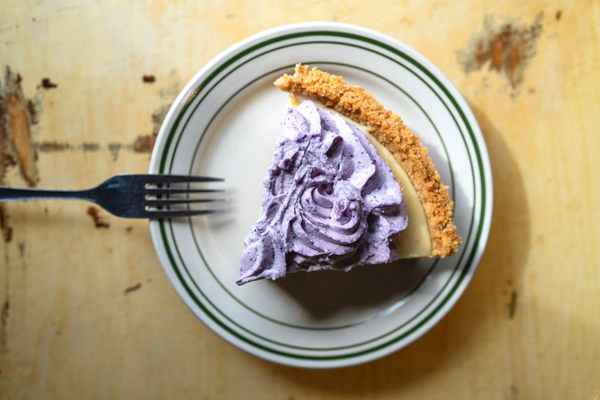
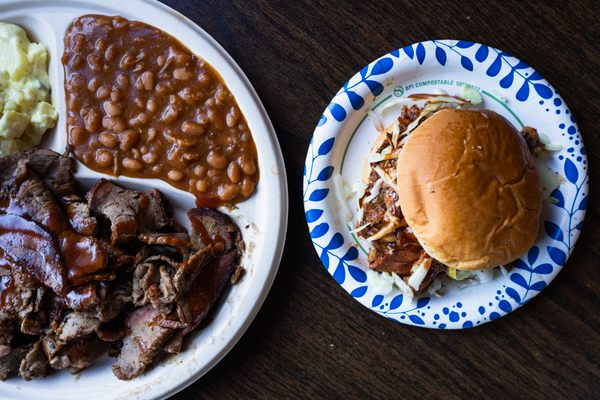

Follow us on Twitter to get the latest on the world's hidden wonders.
Like us on Facebook to get the latest on the world's hidden wonders.
Follow us on Twitter Like us on Facebook